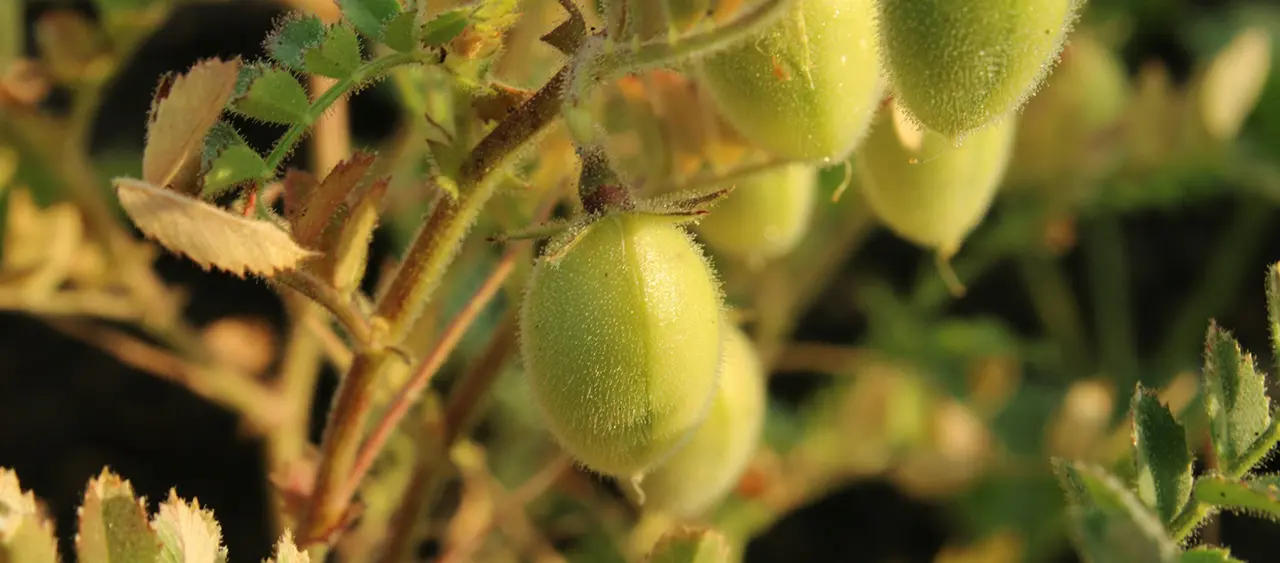
Chickpeas in Mediterranean cuisine symbolize a focus on time, tradition, and adaptation. From soaking to slow-cooking, chickpeas reflect a culture that values patience and simplicity in creating soulful dishes. Across the Mediterranean, chickpeas take on various forms, showcasing the ingredient's versatility and regional significance.
It started, as these things often do, with a pot of chickpeas and no particular plan.
I was staying in a hillside village on the Peloponnese—one of those faded-stone places where the days are hot, the tomatoes are blunt with sweetness, and everyone seems to have a relative named Eleni. My host, Maria, an ex-pharmacist turned olive farmer, handed me a bag of dried chickpeas and said, “Soak these overnight. Tomorrow, we’ll cook something proper.”
No recipe. No explanation. Just that quiet Mediterranean certainty that things would, eventually, become delicious.
That night, the chickpeas sat in a bowl of water by the sink, slowly plumping in the silence. And as the hours passed, I realised I wasn’t just watching legumes hydrate—I was witnessing a way of thinking, a kind of culinary philosophy wrapped in a pulse.
There’s something quietly defiant about a food that takes twelve hours to become edible. In a world of air fryers and delivery apps, soaking chickpeas feels almost oppositional—a soft rebellion against the tyranny of speed.
But in the Mediterranean, this isn’t seen as inconvenience. It’s rhythm. It’s just how things are done.
The next morning, Maria drained the chickpeas, added them to a clay pot with lemon, olive oil, and onion, then tucked the whole thing into a low oven. “Four hours,” she said. “Low and slow.”
I asked what the dish was called.
She shrugged. “Revithia. We’ve always made it this way.”
There was no garnish, no innovation, no spin. Just chickpeas, heat, and time. And somehow, that was enough.
Chickpeas have been knocking about the Mediterranean since at least the Bronze Age. Ancient Greeks roasted them like peanuts. Roman soldiers carried them in sacks. Ottoman traders simmered them into stews. They were cheap, filling, and easy to store—the kind of thing that keeps people alive during lean years.
But here’s what struck me: unlike many foods born of hardship, the chickpea wasn’t dropped when fortunes improved. It wasn’t discarded like a wartime ration. It was kept. Honoured. Integrated into the very identity of the cuisine.
Not as nostalgia. As ritual.
And that says something, doesn’t it? About a culture that doesn’t equate poverty with shame—or effort with inefficiency.
In Athens, they were crisped into patties and stuffed into warm bread with parsley and lemon. In Naples, ground into flour and fried into golden panelle. In Andalusia, swimming in a smoky stew with chorizo and garlic. And in Beirut, of course, blended with tahini and lemon and eaten with everything from raw onion to lamb.
Same ingredient, countless identities.
The chickpea is the Mediterranean’s edible metaphor: traditional but flexible, consistent but endlessly adaptable. Each region takes the same humble pulse and does something just different enough to claim it as their own. There’s no fuss about authenticity—just continuity. Legacy without rigidity.
Back home in London, chickpeas are everywhere—but not quite the same.
They’re roasted into protein snacks, blended into brownies, processed into pasta. They’re marketed as gluten-free, dairy-free, guilt-free. And while it’s encouraging to see the world catch on to their virtues, it also feels… clinical. Stripped of context. Functional rather than soulful.
In the Mediterranean, no one calls chickpeas a superfood. No one needs to.
They’re not trying to prove themselves. They already belong.
That afternoon, when Maria finally lifted the pot from the oven, the chickpeas were tender and fragrant, the broth thickened just enough to cling to the spoon. We ladled them into bowls, added a squeeze of lemon, a glug of fresh oil, and nothing else. No garnish. No sides. No talking, either.
Just eating—slowly.
And somewhere between the third and fourth bite, I realised I wasn’t just tasting chickpeas. I was tasting a culture that understands time isn’t something to be conquered, but something to be cooked with.
The Mediterranean doesn’t see food as a task. It sees it as a continuation of memory, of climate, of conversation. The chickpea sits at the centre of that—not because it’s fashionable or rare, but because it’s always been there. Reliable. Modest. Unshowy.
And yet, it holds the values together:
In a world that celebrates novelty and speed, the chickpea whispers a different truth:
“Some things only become good after they’ve been left alone for a while.”
And in that, there’s something deeply, quietly radical.
So here’s a small challenge.
Soak a bowl of chickpeas tonight. No recipe—just salt, olive oil, onion if you’ve got it. Cook them slowly. Let them become what they’ve always been. And while they simmer, do nothing in particular. Read. Walk. Sit.
Then taste. And ask yourself:
What else in your life could benefit from softening slowly?

At Med.kitchen, our passion lies in crafting exceptional culinary experiences through our online platform. We specialise in sharing a wealth of knowledge via articles, recipes, courses, and online mentoring, aiming to inspire both novice and seasoned chefs alike. Our focus has shifted from private dining to being an online source of gastronomic inspiration, allowing you to explore and refine your culinary skills from the comfort of your home..